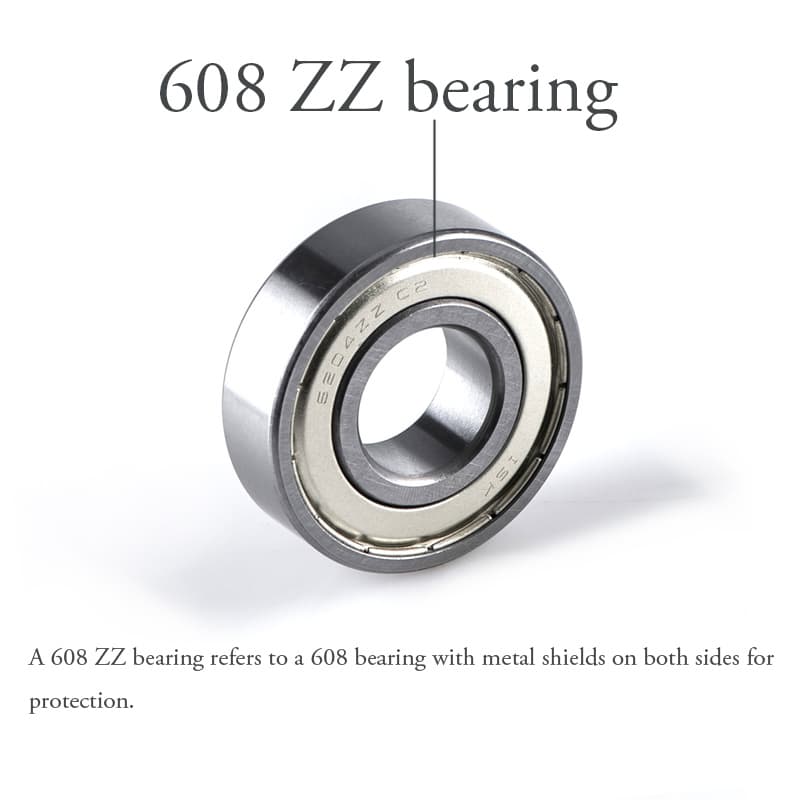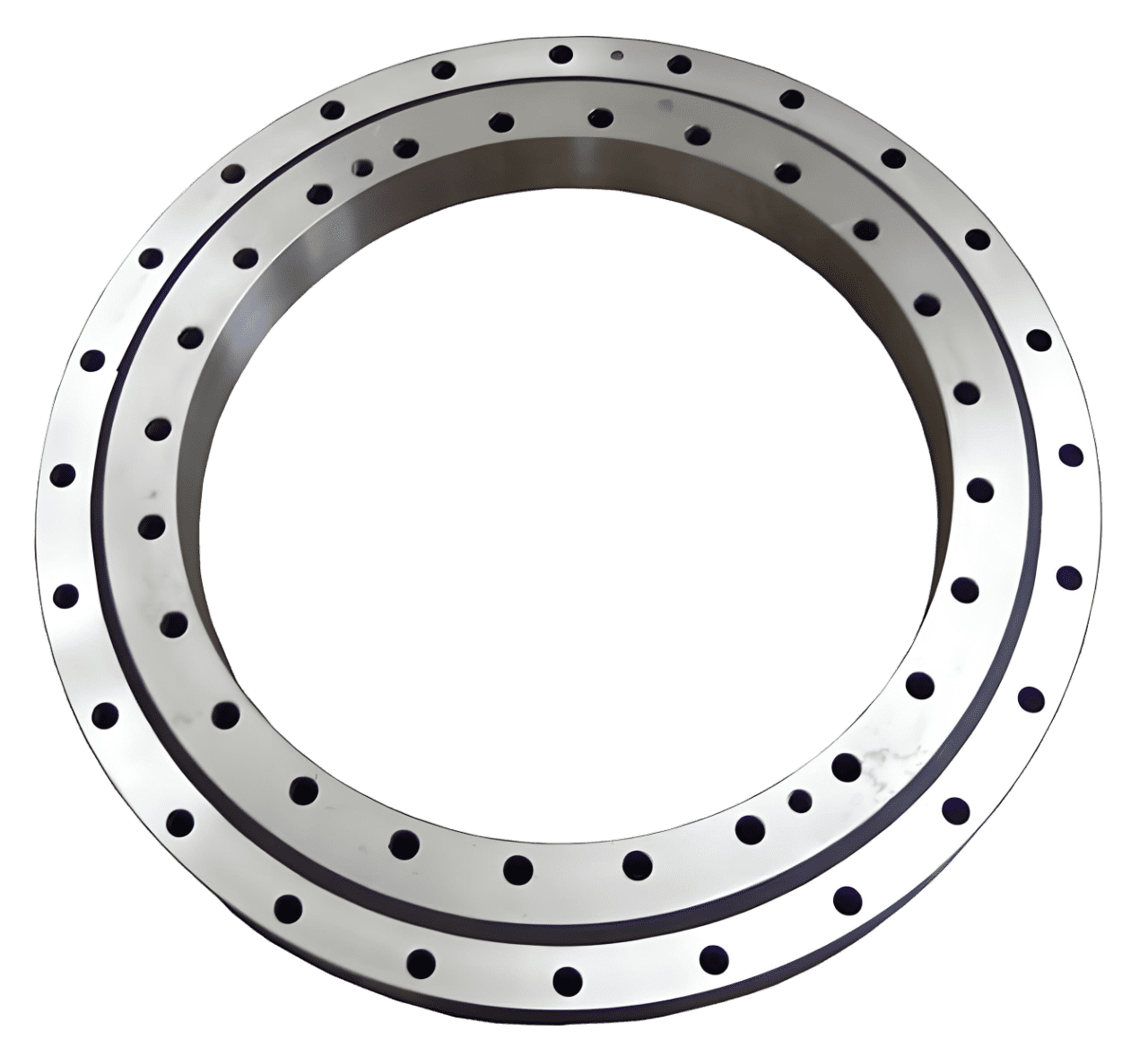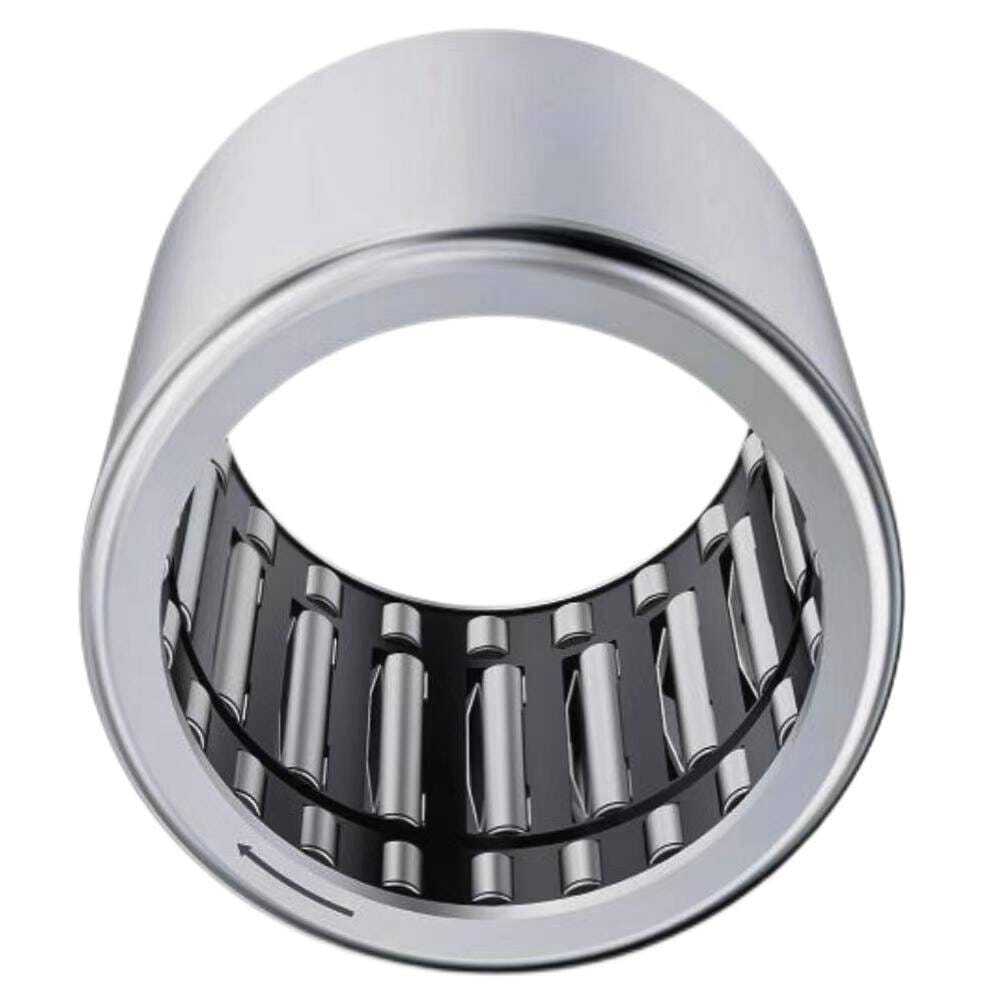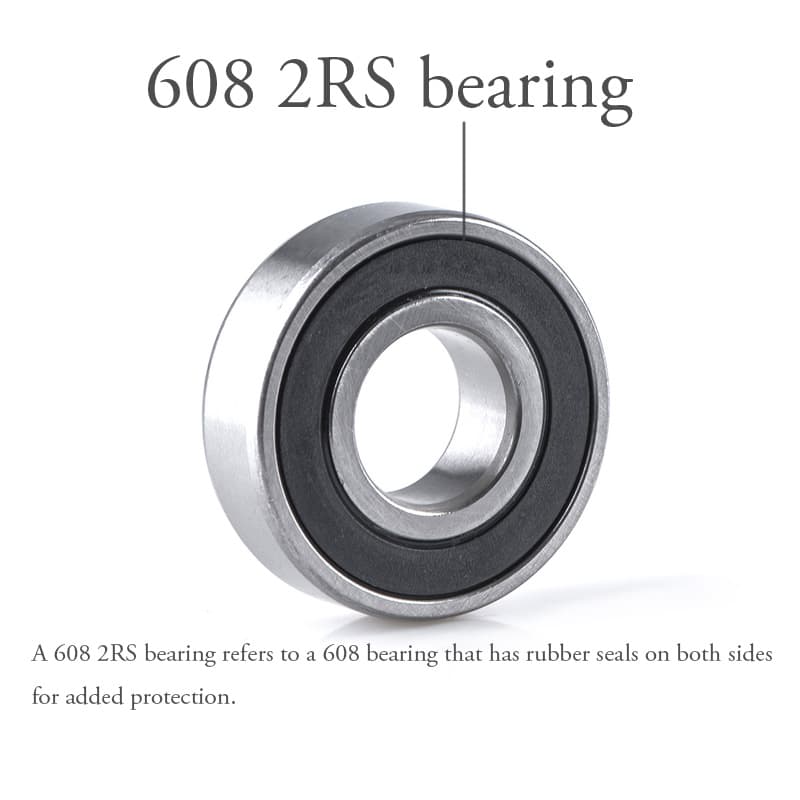Airframe Control Ball Bearings Vs Radial Ball Bearings in Aerospace
In the intricate realm of aerospace, ball bearings serve a pivotal role, ensuring precision, efficiency, and durability in various mechanical...

Ball bearings, integral yet frequently unnoticed, are key components that handle loads and cut down friction in machines. They're widely utilized, from cars to planes and from gadgets to home devices. Recognizing what bearings are used for can help us grasp their vital role in making numerous systems operate efficiently.
Ball Bearings
What is a ball bearing? A ball bearing is a bearing that consists of inner and outer rings with spherical balls between them. These balls, often made of steel or ceramic, reduce wear by moving smoothly between the rings, while a retainer or a cage maintains their even spacing. The following picture shows the structure of a ball bearing. Its balls are made of ceramic.
The Structure of a Ceramic Ball Bearing
To minimize rotational friction is the the primary function of bearings. As ball bearings operate, the balls within them reduce direct contact between moving parts, ensuring smoother motion and enhancing the machine's lifespan.
The world of ball bearings is diverse, with various designs catering to different needs. Some common types of ball bearings include:
Can handle both radial and thrust loads.
Specifically designed to support axial loads.
Perfect for situations where misalignment might occur.
Angular Contact Ball Bearings:
Designed to handle both radial and axial loads but where the load-carrying capacity of thrust loads is higher.
Having outer rim projections for easier mounting.
Designed with a slim cross-section. Miniature bearings: compact for small applications.
Stainless steel ball bearings:
Able to resist corrosion and durable.
Noted for their heat resistance and light weight, ceramic ball bearings are favored in high-speed applications where traditional materials fall short.
Ball bearings are fundamental across numerous industries, thanks to their friction-reducing properties and pivotal roles in machinery and systems.
Ball bearings are integral to mechanical engineering, enhancing efficiency across diverse applications.
In the automotive and transportation realms, ball bearings are indispensable.
In healthcare, ball bearings enhance various devices:
Ball bearings aren't just for industrial or sporting equipment; they play a key role in many household items we use daily:
The aerospace and defense sectors heavily rely on ball bearings for a range of applications:
Ball bearings play an integral role in ensuring the optimal operation of marine and nautical equipment.
This blog delves into the question, "What are ball bearings used for?", showcasing their widespread applications across diverse industries and emphasizing their pivotal role in boosting efficiency while diminishing bearing friction . As we navigate the world of bearings, LILY Bearing stands as a beacon, offering advanced solutions like ceramic ball bearings, ensuring that the legacy of these essential components continues to drive innovation in the industries of tomorrow.

In the intricate realm of aerospace, ball bearings serve a pivotal role, ensuring precision, efficiency, and durability in various mechanical...

Bearings are essential mechanical components used to reduce friction between moving parts. Among the various types of bearings, needle bearings and...

Ball bearings are unsung heroes of the industrial world, playing an indispensable role in the smooth operation of machinery across a multitude of...